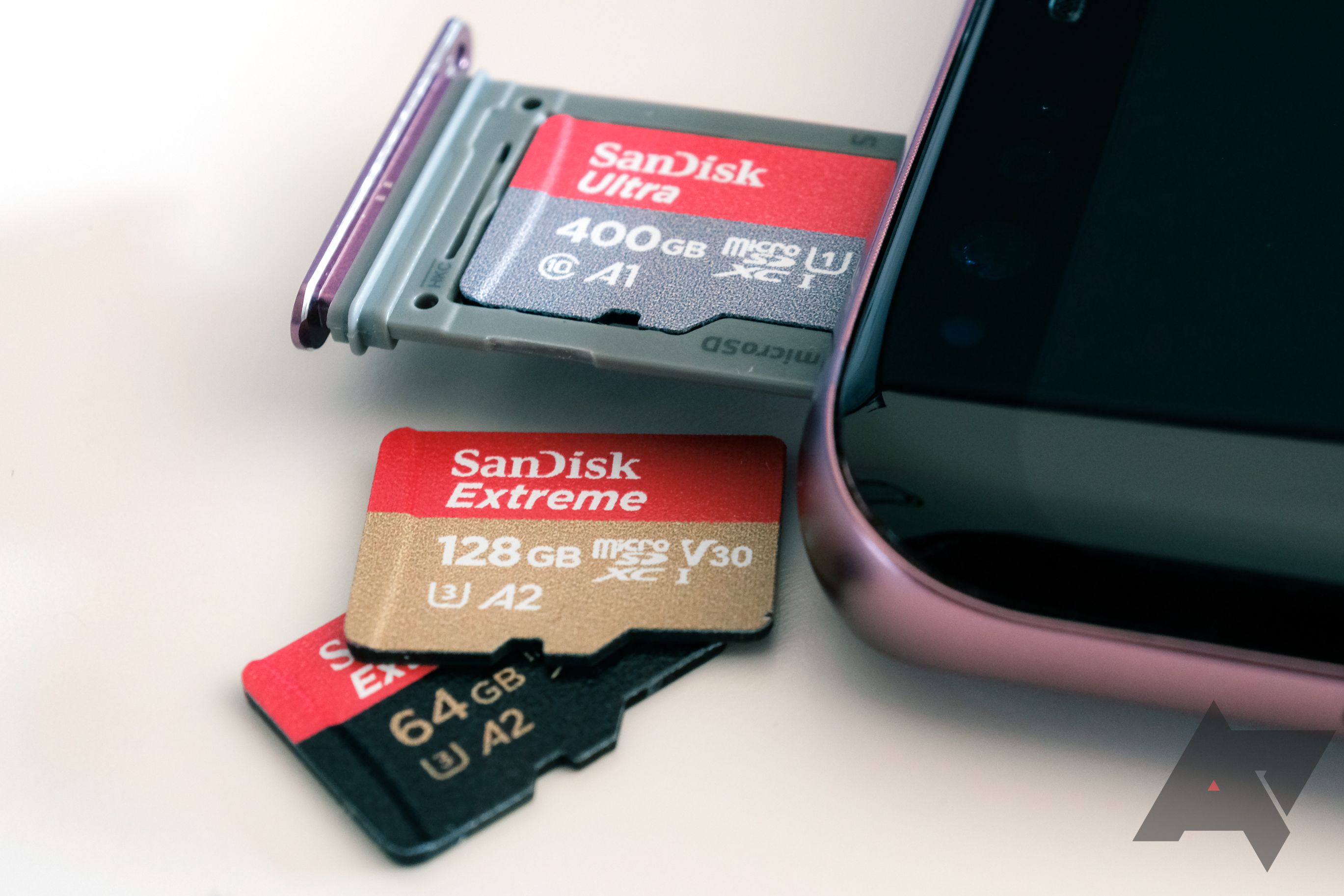
The best microSD cards for Android devices in 2022
While most microSD cards look similar, key differences set them apart. Some of those are simple, such as capacity or peak read and write speeds, but others are more nuanced, including endurance and input/output operations per second claims. These small features can add up to a microSD card that won’t slow down your phone, or one that does if you’re not careful. We’ve rounded up the best microSD cards to ensure you have the perfect card for your Android phone, tablet, Chromebook, or camera.
During objective testing, the SanDisk Extreme comes out near the top of the pack even when compared to high-speed units meant for use in demanding cameras. With up to 160MB/s sequential read speed, the Extreme is at the top of the pack for smartphone use. It’s also no secret that SanDisk microSD cards are among the most reliable in the long term. Finally, it comes in capacities from 32GB up to 1 terabyte in order to accommodate whatever storage limits the software on your phone or Chromebook might have.
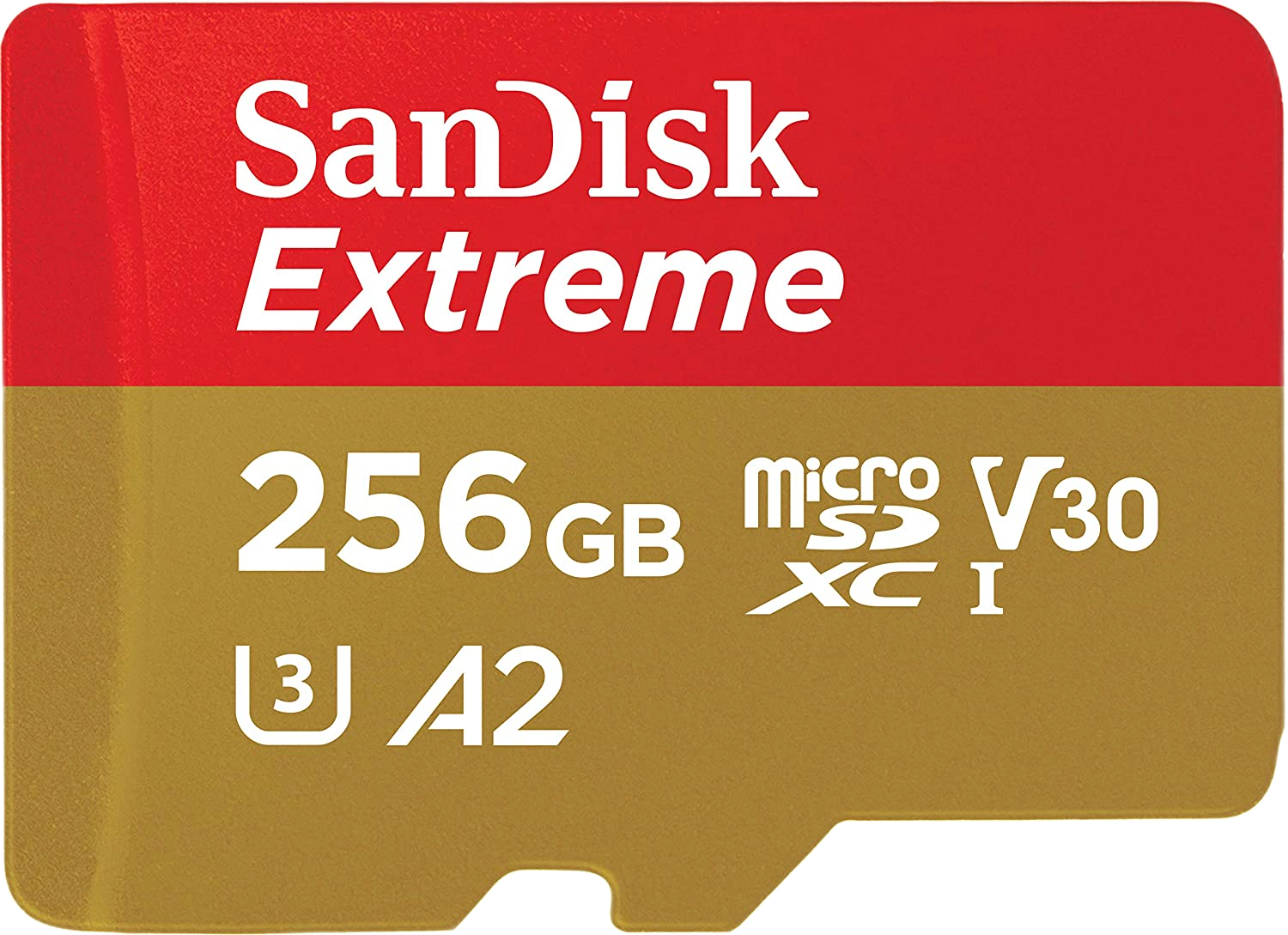
SanDisk Extreme microSD card
If you insist on having the highest-performing equipment possible, the premium 1000x from photography-centric manufacturer Lexar has you covered. It uses the UHS-II bus commonly found in high-end cameras and is backward compatible with the UHS-I found in most smartphones. It offers more than enough speed to accommodate 4K, 120 FPS smartphone videos and is the ideal choice if you frequently use your phone to store or transfer large files to a PC via a high-speed SD card reader.
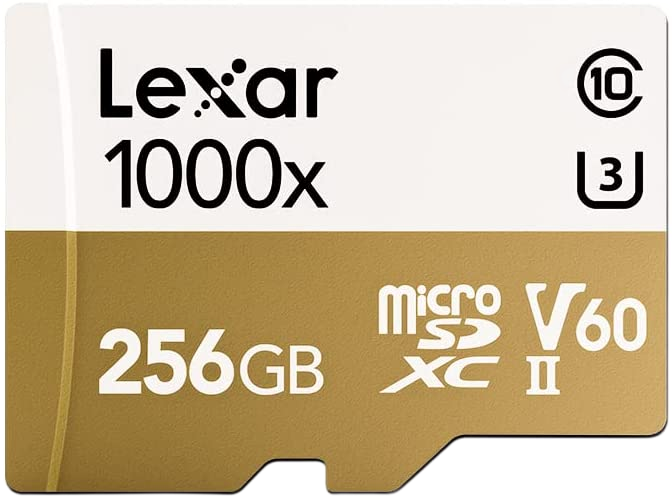
Lexar Professional 1000x microSD card
Samsung doesn’t just make some of the best Android phones on the planet; it also makes some of the best flash storage and microSD cards on the market, too. While this budget-friendly microSD card may not be as fancy as the Lexar 1000x or SanDisk Extreme’s 90MB/s write speeds, it performs perfectly well without breaking the bank. It’s perfect if you want to store music and movies on your smartphone, but it’s not ideal for running apps and high-end smartphones might find it limiting when recording 4K video.
- Long-term reliability
- Highly competitive price
- Raw performance is below average
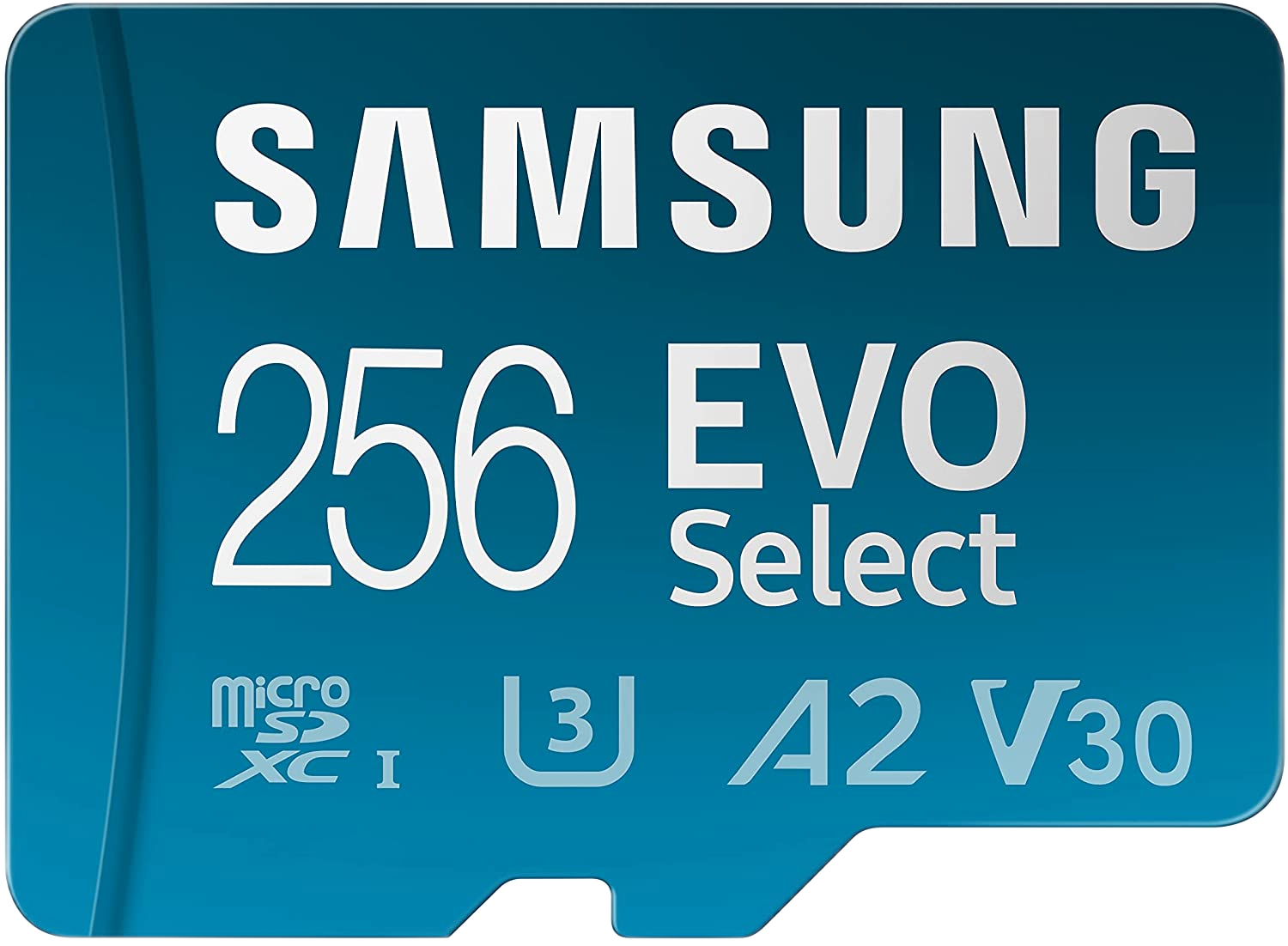
Samsung Evo Select microSD card
If you only need 128 or 256 GB of storage expansion, the PNY Pro Elite deserves consideration. It lives up to its A2 rating by loading non-critical apps like games and messenger suites with impressive quickness. Despite its affordable price, its overall performance is nearly on-par with the best. However, if you need a 512 GB microSD card or larger, look elsewhere, as this particular lineup has an above-average failure rate at those sizes.
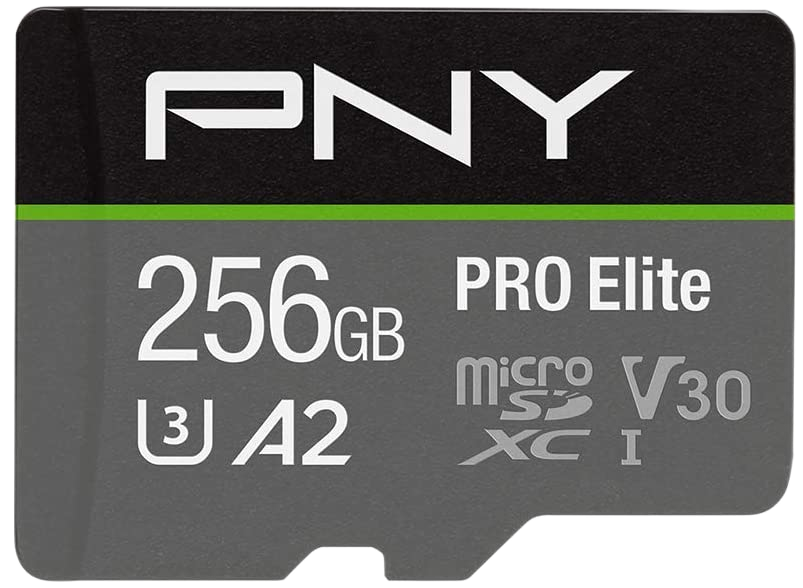
PNY Pro Elite microSD card
Most of Lexar’s memory offerings focus on photo and video cameras, which usually prioritize high sequential write speeds. This one is a little different, as its A2 IOPS rating means it can load, update and manage apps with the best of them. While it won’t match the speed of a phone’s internal storage, it’s perfect if you like to play graphically intensive games that need a lot of storage space. As far as sequential reading and writing speeds go, though, it’s a bit behind the pack.
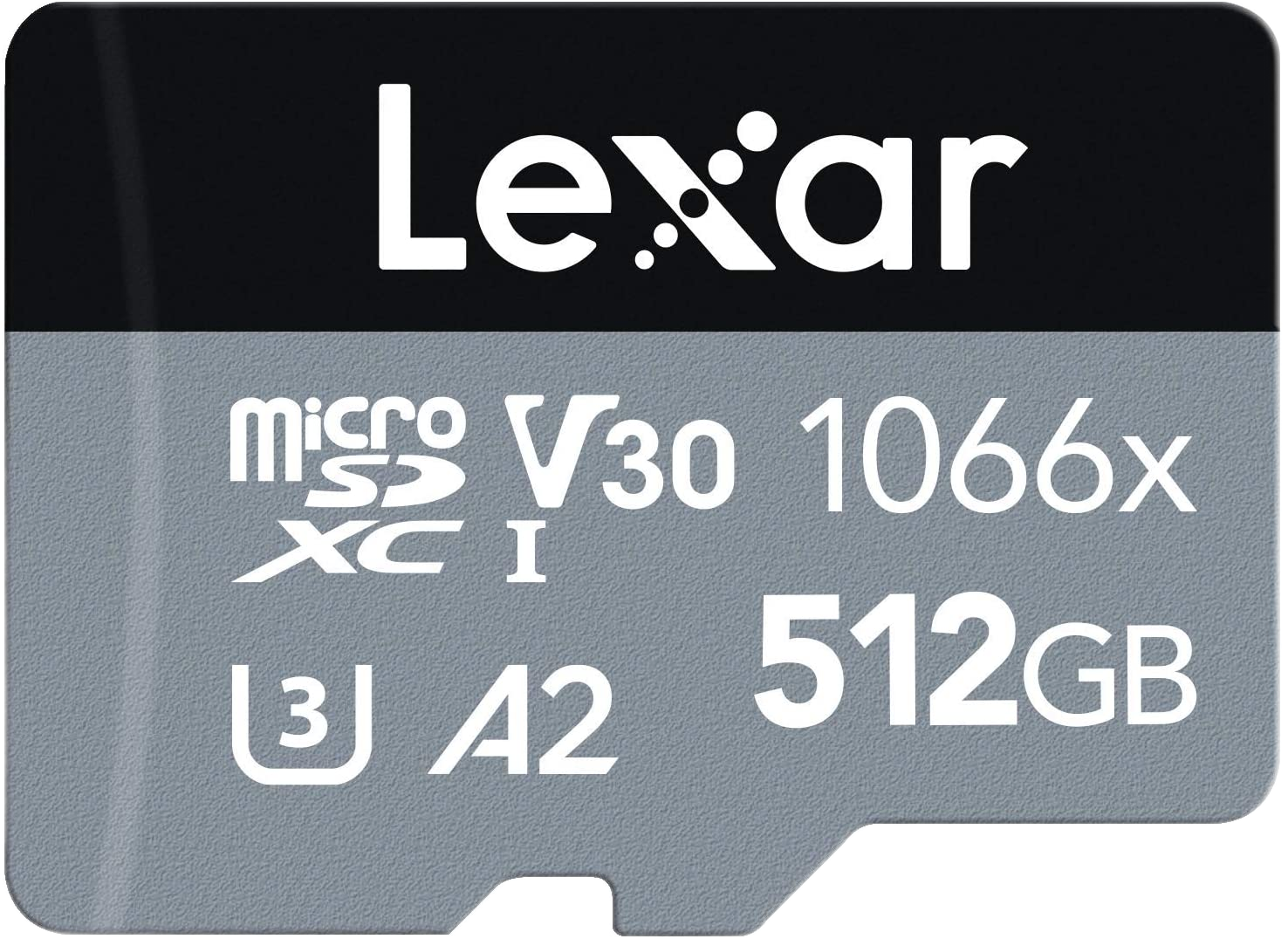
Lexar Professional 1066x microSD card
If you want the best speeds and most reliable storage and are willing to make a slightly higher investment than average, the SanDisk Extreme Pro should be on your radar. It’s marketed with the same speed classes and IOPS ratings as many of its competitors but actually beats most of the competition in hands-on benchmarking. It’s a triple threat, as good for storing photos, videos, and music or for shooting 4K video as it is for running apps. In fact, the only notable strike against it is that it’s a touch more expensive than most others.
- Nearly unmatched performance
- Impressive endurance
- Speed still depends on the device
- Somewhat costly
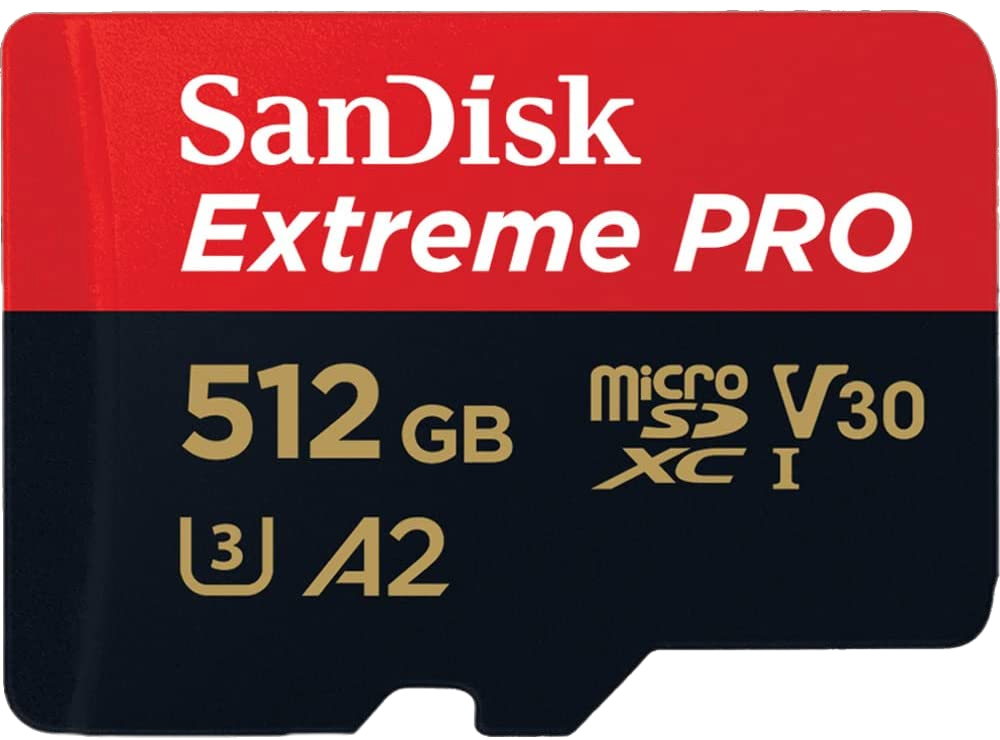
SanDisk Extreme Pro microSD card
If you’re the owner of a relatively recent flagship smartphone and want to make sure you’re getting the highest speeds out of your expanded storage, consider the Samsung Pro Plus. It exceeds all the qualifications required for the V30 and A2 standards, and each size performs similarly well, which isn’t always the case with high-capacity microSD cards. The only knock against this one is that it’s notably more expensive than most.
- Above-average benchmark results
- From a highly trusted manufacturer
- Low rate of failure
- Cost is also well above average
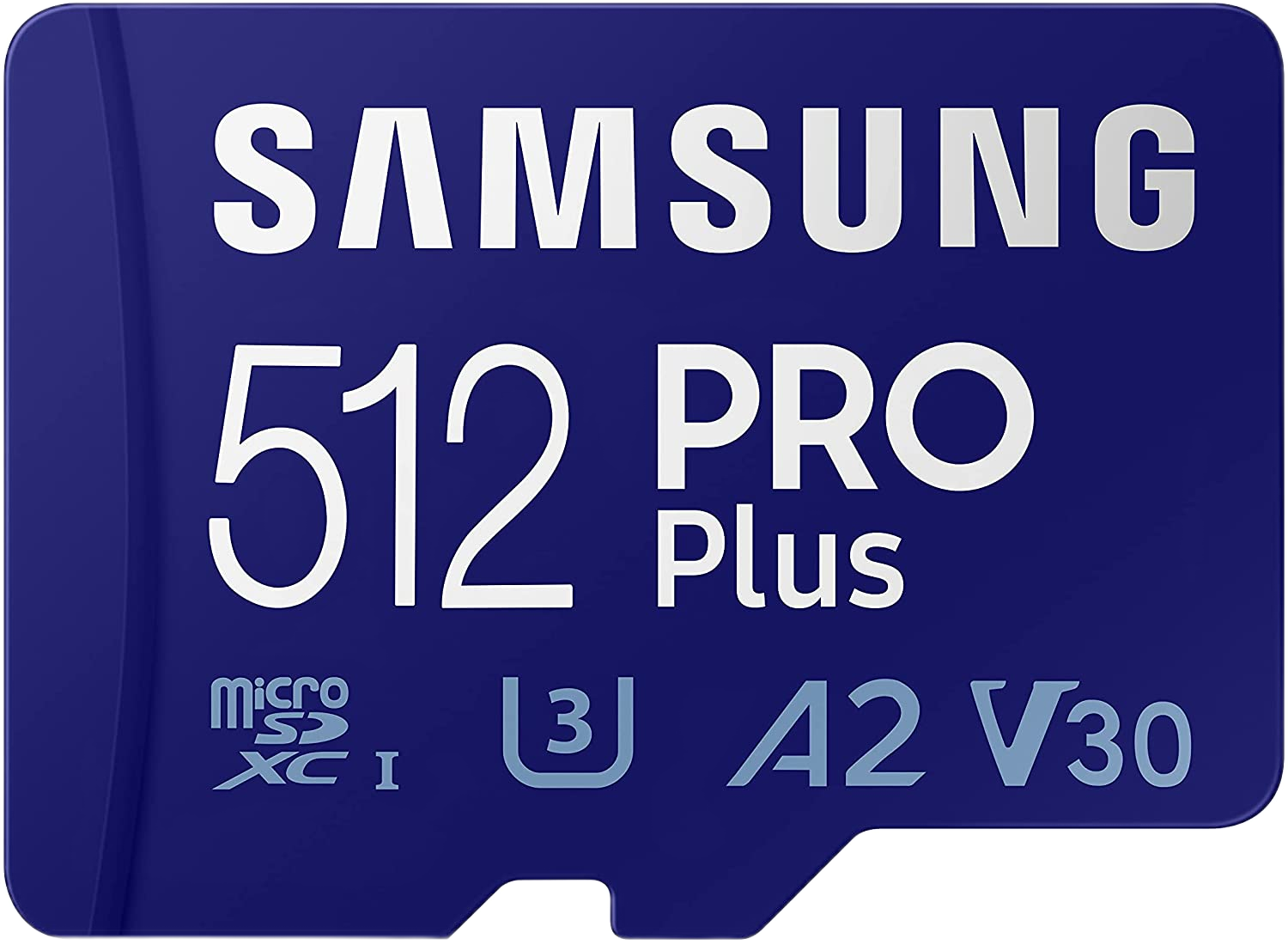
Samsung Pro Plus microSD card
Here’s how to get the most effective microSD storage for your phone and ensure the high performance of features like 4K video, all without spending too much money.
How important are speed class ratings?
To be blunt, not very much. The collection of letters and numbers on the front of SD and microSD cards denote the minimum speeds they’re capable of, not the maximum. You’ll commonly see letters like U3, C10, UHS, and more. These letters do have specific meaning — for example, the C10 rating means a card can write large sequential files at 10 megabytes per second or faster (which isn’t very fast these days). By now, though, some of these numbers are redundant or obsolete, and none of them tell the whole story when it comes to real-world performance.
Which microSD card ratings to look for
U3 and V30
UHS Class 3 and Video Class 30 mean the same thing. They denote a minimum continuous write speed of at least 30 megabytes per second. This is theoretically fast enough to accommodate 4K video at 120 frames per second, and it’s a baseline rating that lets you know if a microSD card is fast enough for a smooth experience with today’s advanced smartphones.
A1 and A2
These are relatively new compared to the various speed ratings. Instead of measuring a card’s ability to read and write individual small and large files, they chart the minimum input/output operations per second that the storage is capable of. Today’s Android phones are engineered to take advantage of high IOPS capabilities, making it easier for the operating system to access multiple small files with as little turnaround time as possible. IOPS ratings are especially important if you’re storing entire apps on your microSD card instead of just music and photo collections.
A1 denotes a card rated for 1,500 read IOPS and 500 write IOPS, while A2 ups those figures to 4,000 IOPS and 2,000 IOPS, respectively.
A note on storing apps on microSD cards
Once upon a time, it was readily possible to configure a microSD card to act as expanded internal storage. Unfortunately, today, that’s not the case. While some advanced tricks let you combine a smartphone’s internal storage and a microSD expansion card, manufacturers have all but locked most users out from that option.
Believe it or not, this isn’t some anti-consumer conspiracy. The increased size and complexity of smartphone apps, massive speed advantage of internal storage, and ever-present (though still relatively small) risk of microSD card failure means that your best smartphone experience will come from keeping most apps off of your expansion card. Manufacturers design modern phones to benefit heavily from lightning-fast internal storage, and running large apps from a microSD card can lead to poor performance and fatal errors.
It is still possible to store some apps and app data on microSD cards. If you plan on doing that at all, make sure to get a microSD card with an A2 IOPS rating to minimize slowdowns.
The scourge of fake microSD cards
The process some major online retailers use to maintain their stock and ship orders makes it possible to buy fake SD cards from supposedly reputable sellers. On the consumer’s end, it can be somewhat challenging to determine whether you’re looking at a real or fake microSD card. Fake microSD cards are usually much smaller than their advertised size and, in most cases, work for a short time before issuing a fatal error.
While it’s nearly impossible to tell from an online listing if a microSD card is authentic or counterfeit, it helps to buy directly from the manufacturer or the retailer itself — look for sold by Amazon/Walmart rather than some random third-party seller. Once the card is in your hands, look for misaligned print on the card itself, typos on the packaging and documentation, or blatant manufacturing issues like missing pins or overly rough plastic edges. It’s also worth comparing a card’s colors to official press images from the manufacturer. Counterfeiters often come close to matching authentic color schemes, but they’re frequently off by just enough to notice under scrutiny.
We hope you like the items we recommend and discuss! AndroidPolice has affiliate
and sponsored partnerships, so we receive a share of the revenue from some of your purchases. This
won’t affect the price you pay and helps us offer the best product recommendations.
About The Author
